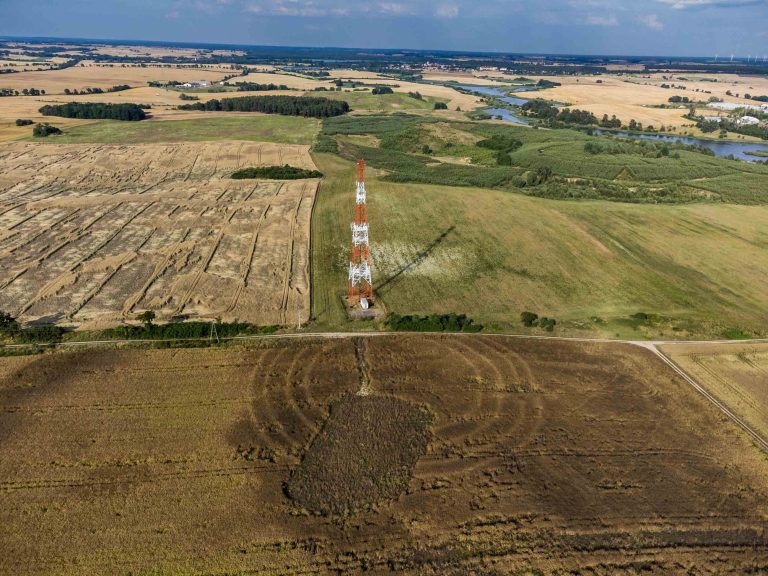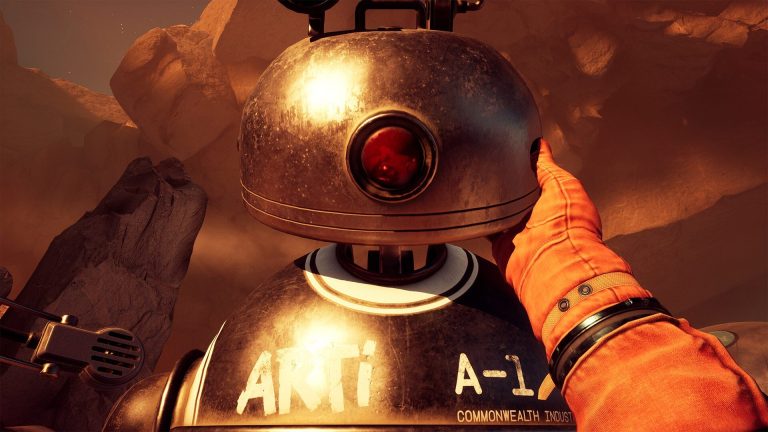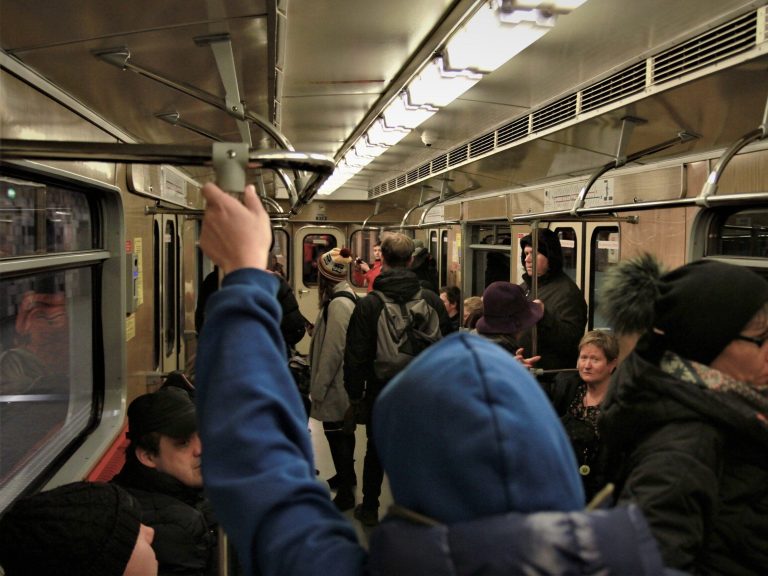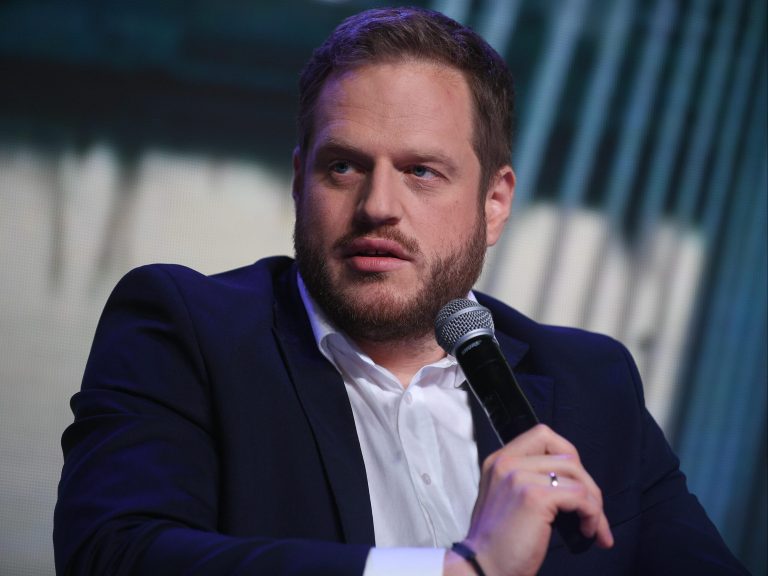The Teutonic Knights under the magnifying glass of geneticists. What will the bones from the fields near Grunwald tell us?

What did they look like, how did they die and where did the knights who fell in the fields of Grunwald come from? A team of scientists from Szczecin wants to answer these questions. The most arduous stage is already behind them: they have described and sorted half a ton of bones.
Fibulae separately, tibias separately, skulls and skull fragments separately. Everything sorted, measured and described. This is how the bones from the battlefield chapel near Grunwald look like now (the chapel was started by the Teutonic Knights in 1411). Just over a year ago, scientists called them: bone chute. Just human remains counted in hundreds of kilograms, and if you convert these bones into pieces, there are about 35,000 of them.
These are bones that were excavated in the 1960s and 1980s, but it was only the new possibilities offered by, among others, genetics that made scientists decide to look at them again. In 2021, the bones went to Szczecin – geneticists, anthropologists, forensics from the Pomeranian Medical University take care of them here.
The biggest challenge: isolating the DNA
35,000 human bones make up about 200 skeletons. But in this case, no one “assembled” the skeletons. – If we study the “bone chute”, i.e. the mixed remains of several skeletons, we can conduct genetic tests to match the bones to individual people. With this amount, however, it is simply impossible – says prof. Andrzej Ossowski from the Department of Forensic Genetics of the Medical University of Szczecin. At the same time, he emphasizes that anthropologists have managed to piece together several skeletons.
It was the anthropologists who did the painstaking work of sorting the bones, now it’s up to the geneticists to do it.
We want to do a very wide panel of research, so far no one has done it so comprehensively – says Ossowski.
– We would like to conduct, for example, research on biogeographical origin, but also research on the relationship between these individuals. We know that there are both the remains of people who took part in the Battle of Grunwald and the remains of people buried later at the existing chapel. Thus, we treat it as a skeletal site located at this sacred building, and only research will help us segregate these remains and determine which ones belong to people taking part in the battle. Hence, literally our entire team, about 20 scientists, is involved in it – explains Prof. Ossowski.
Just isolating DNA fragments will be a big challenge, because we are talking about ancient DNA, i.e. fossil DNA.
– The first thing we will start with is DNA isolation, this is a key stage for further research. In such samples, we find not only human DNA, but also microorganisms. After all, these bones were colonized by fungi and bacteria, whose DNA we will also find. It should be assumed that the bones will also contain the DNA of people who had contact with them in the past.
Decades ago, archaeologists and anthropologists certainly did not use any means to prevent “modern DNA” from being deposited on bones, if only because no one was thinking about DNA analysis back then. Therefore, samples can be contaminated with foreign DNA in many different ways, and we need to obtain DNA of the best possible quality and purity in order to be able to sequence a given human genome from a small fragment, says Andrzej Ossowski.
Blue eyes or hazel eyes? Geneticists will tell you what the knights looked like
It’s Dr. hab. biological sciences Ewelina Pośpiech, together with the team of the Forensic Genetics Department of the PUM, will recreate what the knights from the Grunwald area looked like. – Genes determine the features of our appearance in a very complicated way, and their analysis enables a better understanding of human diversity and is a very interesting direction in modern genomics, i.e. the science that analyzes the genome of various organisms. The last 20 years have been a huge progress in the field of understanding the human genome, and to put it simply: we are able to read more and more information from DNA, says Dr. Pośpiech.
What will the DNA of the Teutonic Knights say about their appearance? “It’s not like we’re going to sequence a sample’s DNA and we already know everything about it. When determining the physical features of a person, we talk about their prediction, i.e. predicting these features on the basis of mathematical predictive models developed by scientists. To understand how difficult it is, let me mention, for example, that current models for predicting height, because this feature can also be determined on the basis of DNA analysis, include the analysis of about 20,000 places in the genome! And the whole difficulty is to read this information from DNA and then be able to interpret it. In addition, working with old bone material is a particularly difficult task, because we have to deal with a small amount of often degraded DNA. This may mean problems in determining the sequence of the analyzed DNA fragments, the need to repeat the analyzes and difficulties in evaluating the results obtained – explains Dr. Pośpiech.
He also points out that science is still developing and offers new opportunities. – Today, we can predict pigmentation features, i.e. eye, skin and hair color, with very high accuracy, but we also have tools to predict the shape of hair or the degree of baldness in men. Intensive research is also underway to determine various craniofacial features – he says. What’s more, a broader analysis of DNA methylation, which is a chemical modification of DNA in cells, can provide us with detailed information about our lifestyle, such as smoking, diet or physical activity. This gives an opportunity to obtain a more complete profile of the analyzed biological material.
Scientific curiosity, or how to discover bio-origin
Dr. Maria Szargut is in the team dealing with the bones of the Teutonic Knights, responsible for determining the bio-origin of the examined people.
“It’s not the main focus of this research, but we want to look at this as well out of pure scientific curiosity.” Based on various genetic markers, we can describe where people came from, identify some common characteristics. We know from historical sources that the Teutonic state was very diverse in this respect, but if we are talking about biogeographical origin, it will not be possible to say whether someone came from, for example, today’s Lithuania or Latvia.
Dr. Szargut gives an illustrative example of two populations that are separated by some physical barrier, such as high mountains. In the past, when the possibilities of movement were more limited, you can be sure that the populations on both sides of the mountains have different, characteristic genetic pools, and by examining them, we can determine who came from which side of the mountains. “Of course, it is much more complicated, but certain genetic features remain unchanged and they allow us to type the biogenesis both in the maternal line – then we look at the mitochondrial DNA, and in the male line – about which the Y chromosome tells us” – explains Maria Szargut.
In addition, scientists want to reach for the latest achievement of forensic and population genetics – the analysis of dozens of markers scattered throughout the nuclear genome. “They will also allow us to look at the background of the people studied as a whole, without breaking it down into separate lines. These studies, although costly, broaden our knowledge of historical populations and allow us to understand the results obtained with contemporary samples, even in criminal cases, says Dr. Szargut.
We’re all… Chinese?
It should be added that the bones from around Grunwald will also be looked at by forensic medics, who will assess, among others, injuries visible on the bones. Thanks to this, perhaps we will find out how the knights of Grunwald died. Scientists agree: the various fields of science complement each other perfectly, which will allow us to answer questions about the bones from Grunwald as accurately as possible.
“We can never judge material based on one premise. You always have to approach this type of research in an interdisciplinary way, and that’s what I teach my students and doctoral students – emphasizes prof. Ossowski. And he gives an imaginative example:
If someone were to exhume us, they might say we’re Chinese, because most of the items they’d find on us were made in China. Therefore, when studying bones, we cannot, for example, focus only on one branch of science and only on cultural issues. Genetics offers great possibilities, but it will not answer all questions on its own, she says.
That is why Andrzej Ossowski emphasizes the uniqueness of the Szczecin project (Ossowski’s team is known, among others, for identifying victims of Nazi and communist crimes). – Interdisciplinarity is what distinguishes us. But it is also often our curse, because it is more difficult to obtain grants for such projects, because competition committees include specialists in a specific field, and if a historian is reading this, he will not necessarily understand what anthropologists or geneticists want, and vice versa. We could break these projects down into smaller blocks, and many centers do this, but then we won’t get a full picture of a given position, and the research can go on indefinitely, he says.
Scientists predict that it may take them several years to recreate the appearance of the Teutonic Knights. – And the effect of all this will be reconstructions that will be shown in the Museum of the Battle of Grunwald, which is already making a huge impression. And I hope that we will contribute to this – says prof. Andrzej Ossowski.






